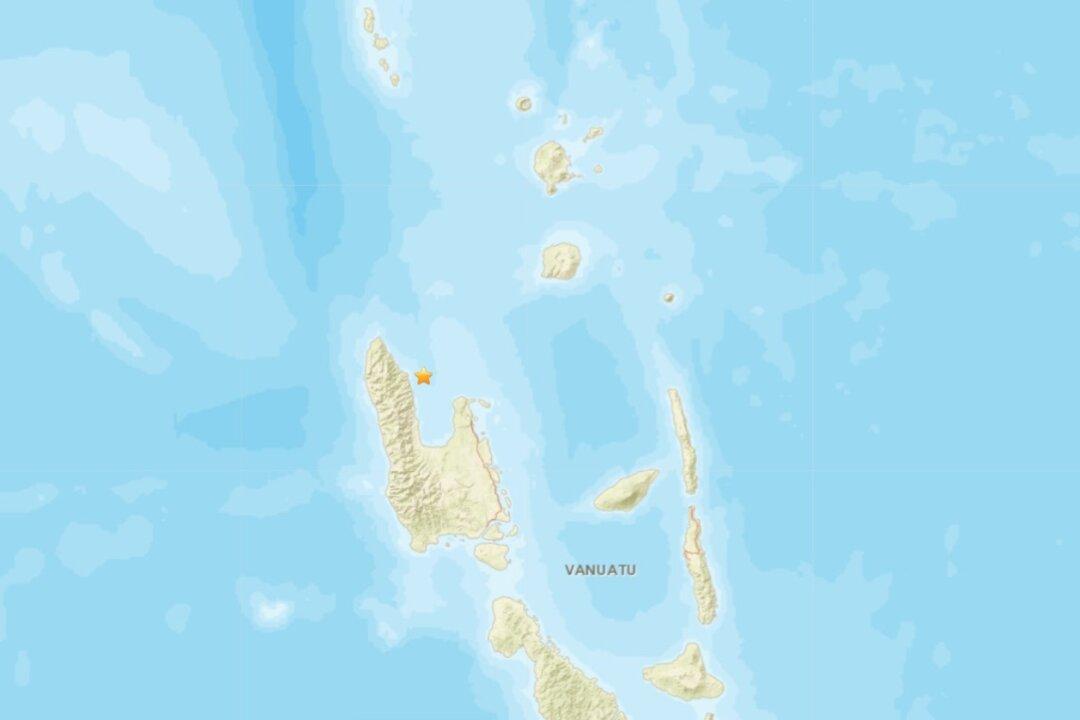An active underwater volcano off the coast of Vanuatu’s Epi Island has erupted after days of seismic activity had been recorded in the area, forcing authorities to divert shipping and aircraft.
This comes as the Vanuatu Meterology and Geo-Hazard Department raised the alert status of three of the country’s five active volcanoes to level two or showing signs of major unrest.




